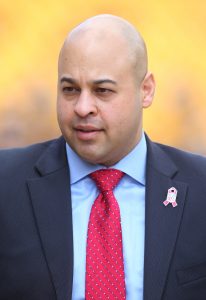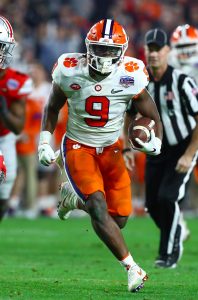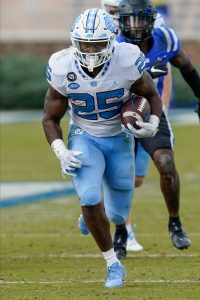Improvement in the passing game is expected for the Steelers in 2023, Kenny Pickett‘s first full season as the team’s starting quarterback. Pittsburgh is nevertheless planning to rely heavily on the ground game, and a tandem or committee in the backfield does not appear likely. 
The Steelers have used Najee Harris as one of the league’s workhorse backs since drafting him in the first round in 2021. The Alabama product has received 579 carries in his two years in Pittsburgh, the most in the NFL over that span. The impressive showings this offseason from backup Jaylen Warren have led to calls for the latter to receive more looks, but Harris is still in line to operate as he has during his previous Steelers campaigns.
“Najee is our 1, there’s no doubt about that,” offensive coordinator Matt Canada said, via ESPN’s Brooke Pryor (Twitter link). “We’re protecting him to get him to that point… We’re planning on Najee being Najee when we start the regular season.”
Harris dealt with a Lisfranc injury last offseason, and it comes as no surprise that the Steelers have given him only two carries so far in the preseason. Warren has similarly been used sparingly, but his 62-yard touchdown against the Bills showcased the potential he flashed as a rookie last season. The former UDFA totaled 593 scrimmage yards on 105 touches while taking a clear backseat to Harris.
Pittsburgh has been connected to the idea of only carrying two backs on the active roster to start the season, something which would not be a problem if Harris were able to remain healthy and continue as the undisputed No. 1 in the backfield. Efficiency has been an issue for the 25-year-old (3.9 career yards per carry average), but the Steelers’ efforts to provide him an upgraded O-line should help in that regard.
General manager Omar Khan‘s recent remarks about the financial state of the running back market pointed to a lack of desire to pursue a lucrative extension for Harris starting next offseason, when he will first be eligible for a new deal. A strong showing this season would help his market nonetheless, and he is poised to remain the focal point of Pittsburgh’s ground game in 2023.






